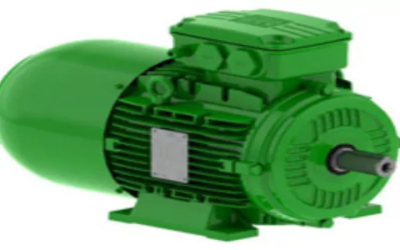In many industrial facilities, direct current motors play a vital role in processing or manufacturing. However, not all these motors are wired the same internally. In fact, you can find some series wound motors and shunt (parallel) wound types like the Reliance DC Motor MC2812ATZ. Why are some motors wound differently than others? Here is information to help shed some light on the subject.
Parallel Vs. Series Connections
In order to get a better understanding of how a shunt wound motor like the Reliance DC Motor MC2812ATZ works, it is best to understand the difference between parallel and series. Here is a brief explanation of why these motors are wired differently.
Series
Suppose you have two twelve volt batteries and you want to connect them together. For a series connection, you would join the positive terminal of battery A to the negative terminal of battery B and vice versa. This connection doubles the voltage while keeping the current the same.
Parallel
If you take those same two batteries and connect positive to positive and negative to negative terminals, the voltage stays the same. Instead, the current from each battery gets added together.
Series Wound Direct Current Motor
A series DC motor has the magnetic field wired in series with the armature. The series windings get less resistance. However, it can carry more current without overloading. These motors are often used when a great deal of startup torque is needed. They are not commonly used for precise speed control.
Shunt Wound Motor
A shunt wound motor like the Reliance DC Motor MC2812ATZ has the armature and field wired in a parallel connection. Because resistance is greater in this configuration. it lends itself well to speed control. DC shunt motors are commonly seen in variable speed conveyor systems, turning operations, and anywhere speed control is important.
